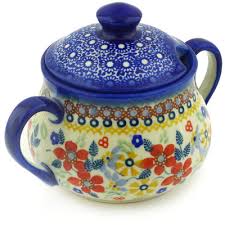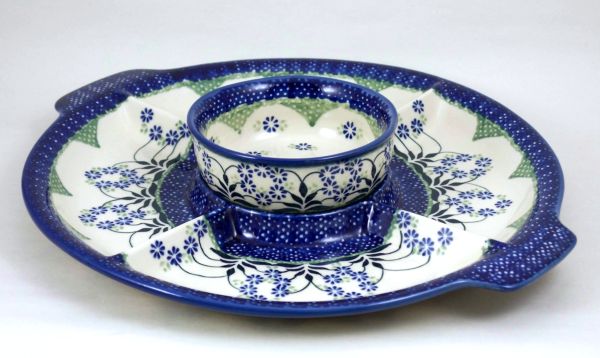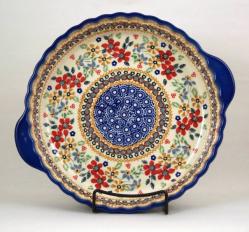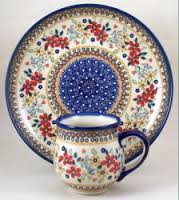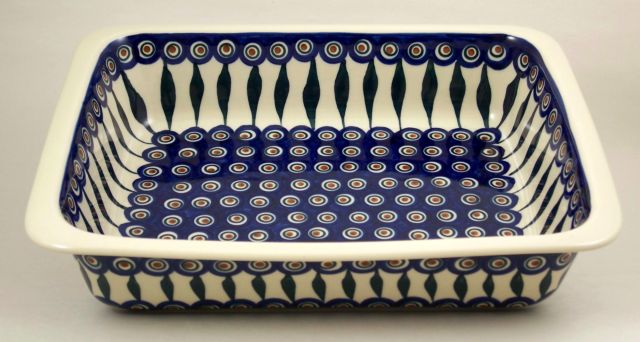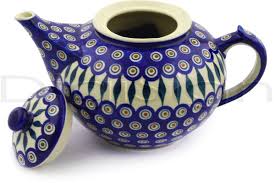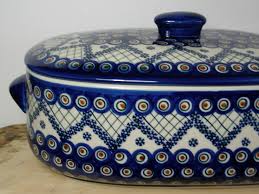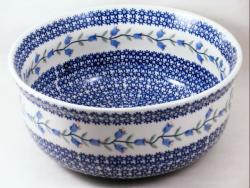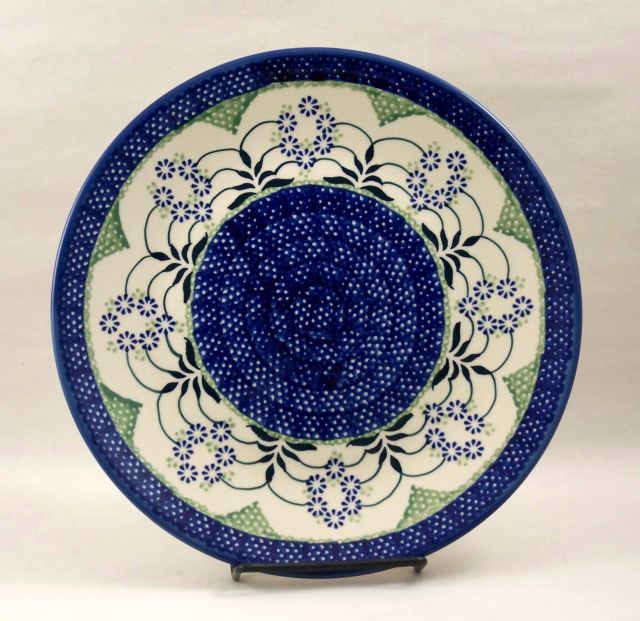History of Polish Pottery
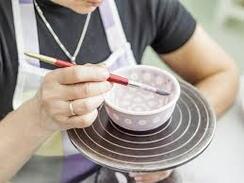
Polish Pottery originated as folk art centuries ago in the German province of Silesia, now a part of Poland. Today in the small village of Boleslawiec this time honored tradition of artistically crafted stoneware continues.
Designs were originally inspired by the peacock feather using the colors of cobalt blue, peacock blue and earth tones. Farmers made pottery in the winter, when it was too cold for outside work. They discovered a native white clay that, when mixed with water and other natural and ecological materials, then fired at high temperatures, made very strong and durable jugs for use in their own kitchens.
Today, skilled Polish artists still individually handcraft and hand decorate each piece using the centuries old technique of hand-stamping with sea sponges to apply unique and beautiful stamping patterns. Some patterns also feature added brush detail. Since all pieces are hand crafted, each vary in design, pattern and color. Each piece is a unique work of art.
Designs were originally inspired by the peacock feather using the colors of cobalt blue, peacock blue and earth tones. Farmers made pottery in the winter, when it was too cold for outside work. They discovered a native white clay that, when mixed with water and other natural and ecological materials, then fired at high temperatures, made very strong and durable jugs for use in their own kitchens.
Today, skilled Polish artists still individually handcraft and hand decorate each piece using the centuries old technique of hand-stamping with sea sponges to apply unique and beautiful stamping patterns. Some patterns also feature added brush detail. Since all pieces are hand crafted, each vary in design, pattern and color. Each piece is a unique work of art.
